#texas parks & wildlife
Photo
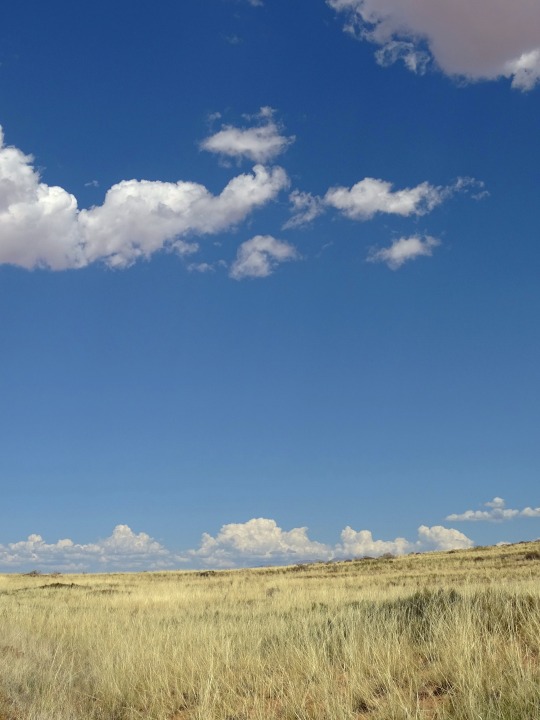
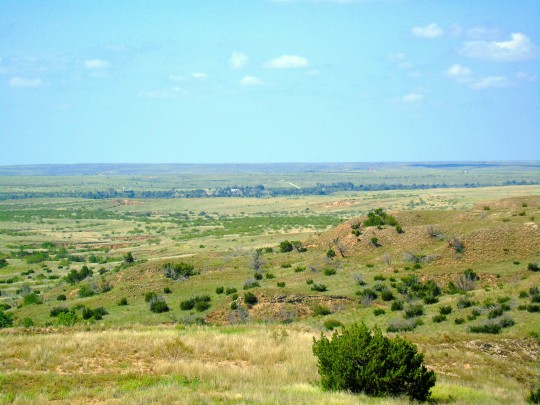
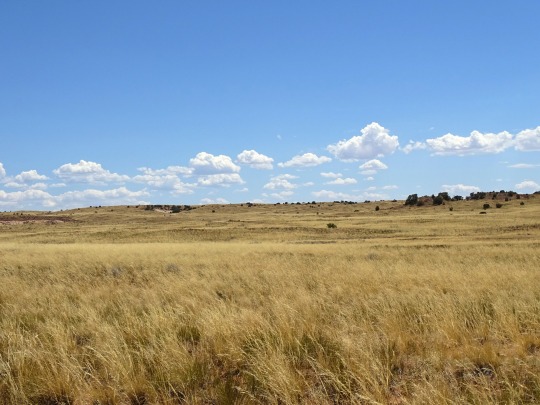

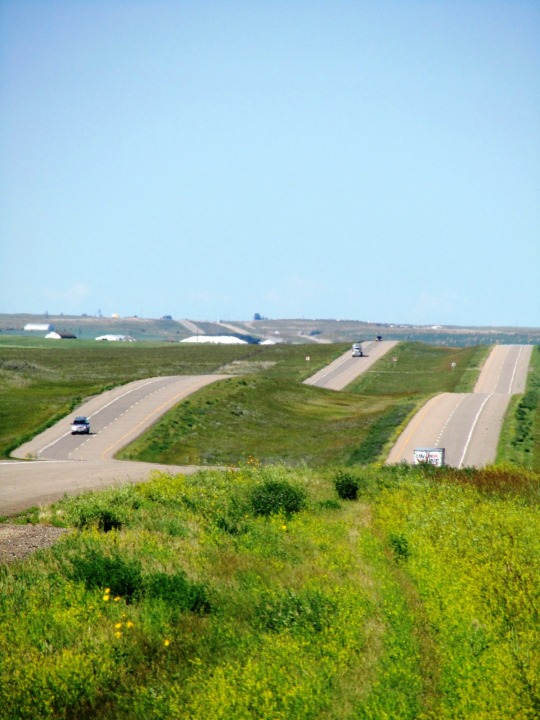
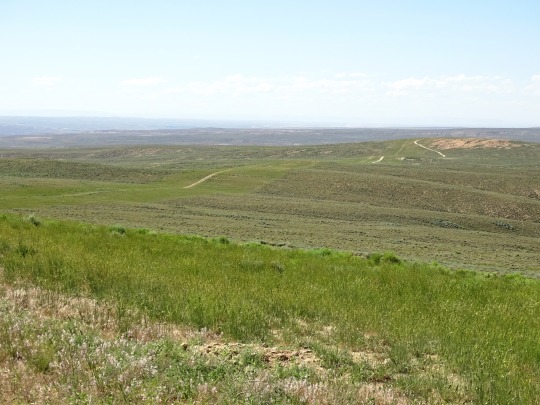
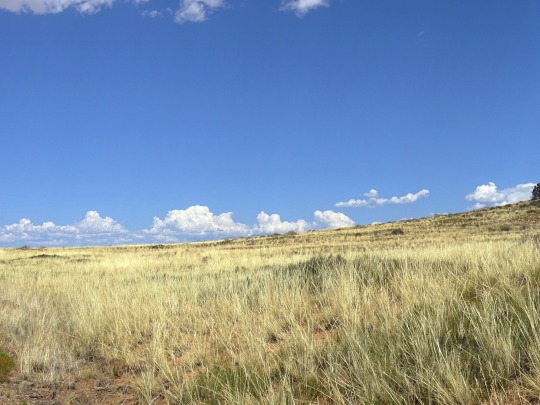

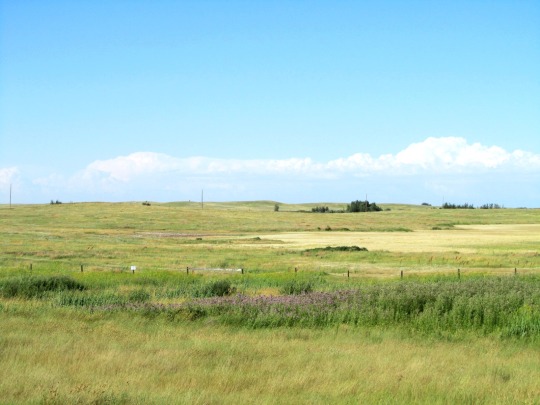
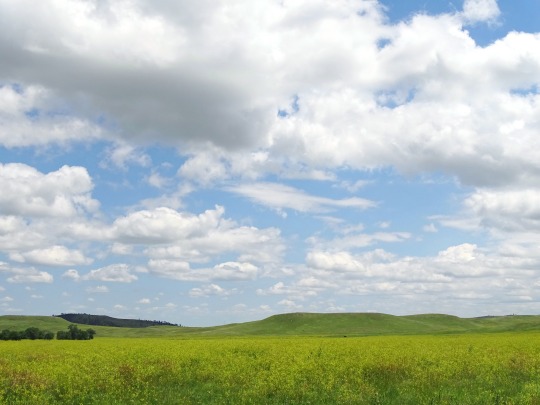
National Prairie Day
National Prairie Day, on June 3 this year, celebrates the beauty and ecological value of this often-overlooked ecosystem. Spanning more than a dozen American states and several Canadian provinces, the North American prairie is a vast grassland that offers more biodiversity and beauty than most people realize. With their endless, gently rolling plains and highly productive soils, prairies have been a valued location for farming and ranching for thousands of years. Today, only 1% of tallgrass prairie in the United States remains untouched by farming or development. National Prairie Day promotes the appreciation and conservation of America’s native prairies.
History of National Prairie Day
The United States is home to a dazzling array of geographies and environments. Some, like the towering redwoods of California or the majestic cascades of Niagara Falls, enjoy worldwide reputations as media darlings and tourist hotspots. Other ecosystems, like the humble prairie that covers much of the interior United States, receive fewer accolades but play crucially important roles in the development of the nation.
Defined as a flat grassland with a temperate climate and derived from the French for ‘meadow,’ ‘prairie’ has become almost synonymous with the expansion of the American frontier. Flanked by the Great Lakes and the grandiose Rocky Mountains, the North American prairie extends across 15% of the continent’s land area. Other examples of similar grasslands around the world include the pampas in Argentina, the Central Asian steppes, and the llanos of Venezuela.
There’s more to the prairie than meets the eye. In fact, tall grass prairies host the most biodiversity in the Midwest and provide a home for dozens of rare species of animals and plants, including bison, antelope, elk, wolves, and bears.
Native prairies face extinction as more and more land is converted to agricultural and ranching use. Due to its rich, fertile soil, prairie land is prized for agricultural use. Around the world, almost three-quarters of agricultural regions are located in grassland areas. With only 1% of tallgrass prairie in the U.S. remaining untouched, the American tallgrass prairie is now one of the most endangered ecosystems on the planet. The Missouri Prairie Foundation launched National Prairie Day in 2016 to raise awareness and appreciation for the nation’s grasslands. The organization seeks to protect and restore native grasslands by promoting responsible stewardship, supporting acquisition initiatives, and providing public education and outreach.
National Prairie Day timeline
6000 B.C. The Prairie Forms
The North American prairie forms roughly 8,000 years ago when receding glaciers give way to fertile sediment.
1800s The American Prairie Decimated
Throughout the 19th century, farmers and ranchers, excited about the rich potential of prairie soil, convert almost all of the American prairie to farmland and grazing land.
Early 1930s The Dust Bowl
The combination of years of mismanagement, the stock market crash, and drought conditions come to a head as thousands of families in Oklahoma, Texas, and other parts of the Midwest lose everything when their farms fail, driving them to California and elsewhere to seek work in more fertile fields.
2016 First National Prairie Day
The Missouri Prairie Foundation launches the National Prairie Day campaign to promote awareness and conservation of the vanishing ecosystem.
National Prairie Day FAQs
Why don't prairies have any trees?
The environment of the prairie, with its flat terrain, regular droughts, and frequent fires, is uniquely suited to grasses that don’t require a lot of rainfall or deep soil to thrive.
Why are prairies important?
The prairie provides an irreplaceable home for hundreds of plant and animal species, as well as exceedingly fertile soil for human agriculture and ranching. Prairie destruction has had catastrophic effects, like the Dust Bowl that decimated American farms in the 1930s. Prairies also contribute to the conservation of groundwater.
Why did the Dust Bowl happen?
The Dust Bowl disaster that swept the U.S. and Canada in the 1930s had several natural and man-made causes, including severe drought and a failure to properly manage farmland and conserve precious topsoil. A series of intense dust storms wiped out agriculture, eroded the soil, and left the land unable to produce crops.
National Prairie Day Activities
Learn about the prairie
Donate to a conservation group
Plan a visit to a famous prairie
Do a little research to learn about this important American ecosystem and the role it has played in the cultural and economic development of our country.
If you're concerned about the loss of the American prairie, donate to a grasslands conservation group to support their work.
Do you live near a prairie? Try finding the grassland nearest you and plan a visit.
5 Interesting Facts About Prairies
‘Prairie schooners’
Dogtown
Where the buffalo roam
Carbon hero
Rising from the ashes
During the 1800s, when Americans embarked on the long journey westward, their covered wagons were often referred to as ‘prairie schooners.’
Prairie dogs live in vast networks of underground burrows called ‘towns,’ which can cover hundreds of acres and house thousands of prairie dogs with complex social relationships.
When Europeans first arrived in North America, up to 60 million bison roamed the plains — by 1885, there were fewer than 600.
Prairies can help fight climate change — one acre of intact prairie can absorb about one ton of carbon each year.
On the prairie, wildfires can actually be a healthy thing — with more than 75% of their biomass underground, prairie plants are uniquely suited to surviving and thriving after a fire.
Why We Love National Prairie Day
The prairie often gets overlooked
Native grasslands are critically endangered
It reminds us of the diversity of America's ecosystems
It's not often we remember to celebrate grasslands, yet the prairie plays an important role in America's cultural past and environmental future.
With only 1% of America's native prairie remaining, it's more urgent than ever to conserve and protect this vital resource.
The United States has more environmental variety than almost any other country on earth. Celebrating each unique ecosystem reminds us to appreciate and protect all the beauty our country has to offer.
Source
#Colorado#South Dakota#Wyoming#Alberta#Saskatchewan#nature#flora#WickBeumee Wildlife Habitat Management Area#Custer State Park#Rock Springs#Pilot Butte Wild Horse Scenic Loop#Trans-Canada Highway#Texas#landscape#countryside#summer 2022#2019#original photography#wildflower#meadow#first Saturday in June#3 June 2023#National Prairie Day#NationalPrairieDay
60 notes
·
View notes
Text
It sounds like satire: a beloved Texas state park has been sold to a Dallas real estate guy, who plans to develop it into a private gated community. How could this happen?
The answer: an old lease agreement, some bad timing, and a series of bizarre fumbles by the state of Texas itself.
For The Texas Observer, I wrote about the last days of Fairfield Lake State Park.
69 notes
·
View notes
Text

Sage thrasher (Oreoscoptes montanus)
Guadalupe Mountains National Park, Texas, USA
Ndé Kónitsąąíí Gokíyaa (Lipan Apache), and Mescalero Apache land
#original photography#wildlife photography#photographers on tumblr#nature photography#ornithology#hiking#winter#desert#texas#guadalupe mountains national park
70 notes
·
View notes
Text

Greater Roadrunner, Big Bend N.P.
beep beep...
#texas#photographers on tumblr#birds#nature#wildlife#original photographers#texas spring migration#texas wildlife#big bend national park
127 notes
·
View notes
Text
If you’re going to tell people that they should only see dolphins and whales in the wild rather than in human care, please at least mention that they should not go near the animals or, heaven forbid, touch or feed or attempt to ride them. There’s been an uptick lately of people harassing wild dolphins and it has already gotten some individual animals killed. This includes stranded animals.
#do. not. touch. wild. dolphins.#still furious over what happened to that poor creature in texas#grateful that my park takes a segment out of every encounter to talk about the dangers of interacting with wild cetaceans#dolphins#whales#cetaceans#wildlife
79 notes
·
View notes
Photo

GUADALUPE MOUNTAINS NATIONAL PARK, TEXAS
Dramatically contoured canyons, sprawling desert scrub brush, and a profusion of wildlife and birds fill West Texas’ Guadalupe Mountains National Park..
PHOTOGRAPH BY JONATHAN IRISH
#jonathan irish#photographer#guadalupe mountains national park#texas#landscape#canyons#desert#wildlife#birds#nature
13 notes
·
View notes
Text
Dead Fish Close TX Beaches
Tens of Thousands of Dead Fish Cause Biohazard for Texas Beachgoers
Dead fish washed up on Texas beaches in the tens of thousands over the weekend, creating a biohazard zone of rotting carcasses for over forty miles.
The phenomenon is known as a “fish kill,” and they’re becoming more common as sea conditions alter with climate change. This one, according to the Texas Parks and Wildlife Department, was due to low levels of dissolved oxygen in the water of the Gulf…
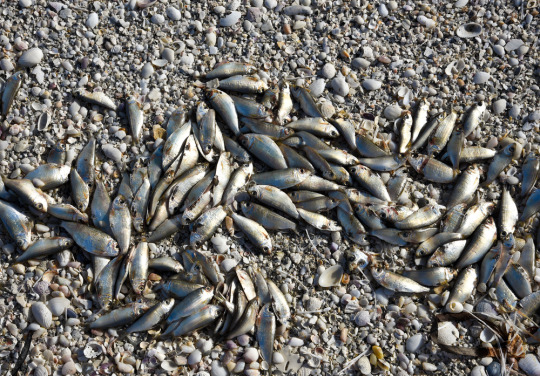
View On WordPress
4 notes
·
View notes
Text
OOHHH holy shit i might be getting an apartment with my boyfriend this summer!!
#he is waiting on the job offer but he could be getting a job down in texas#it had crazy high pay and per diem#and he would need an apartment down there and since i'm not gonna just miss him for 3 months i would go with him#plus texas has a lot of wildlife and park internships and shit for college students so#i would be able to do something too#:) i love him im so excited i want to spend myblife with him so bad
2 notes
·
View notes
Photo
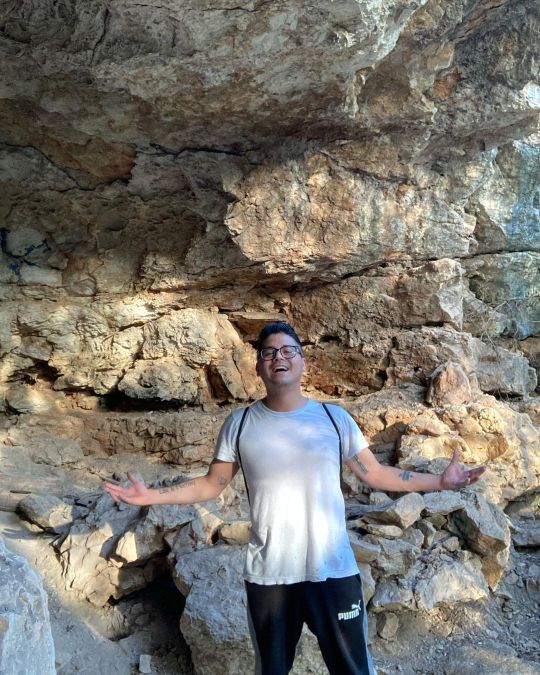
Last weeks hiking time with muh boi | | | #hiking #hikingadventures #hikingtrails #caves #caving #texascaves #texasparksandwildlife #texasparks #parks #wild #wildlife #wildlifephotography #adventure #sanantonio #texas #adventure #fitness (at Stone Oak) https://www.instagram.com/p/CqWRleIOF5U/?igshid=NGJjMDIxMWI=
#hiking#hikingadventures#hikingtrails#caves#caving#texascaves#texasparksandwildlife#texasparks#parks#wild#wildlife#wildlifephotography#adventure#sanantonio#texas#fitness
6 notes
·
View notes
Text
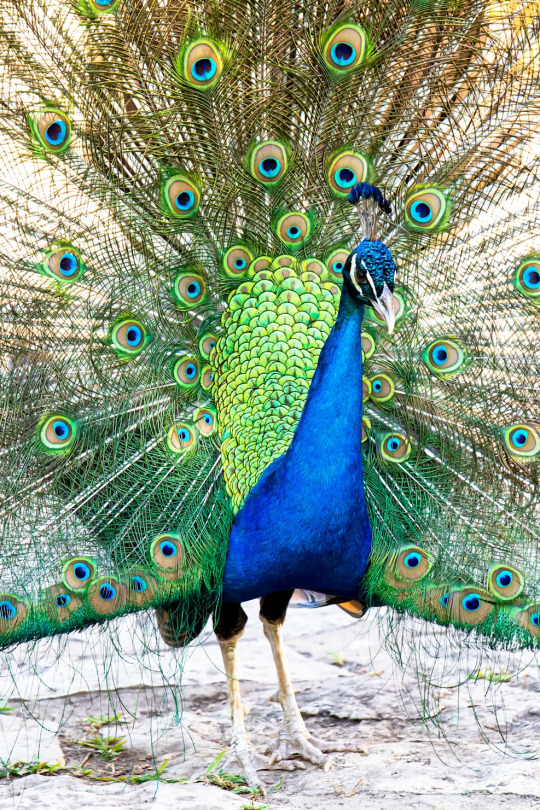
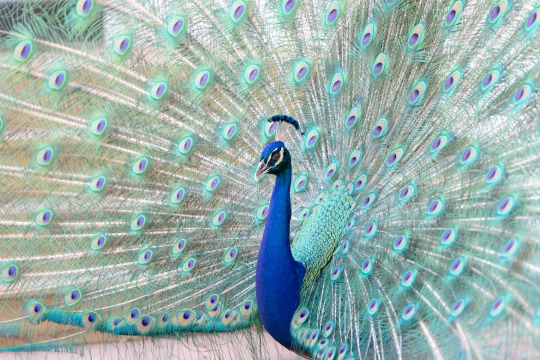
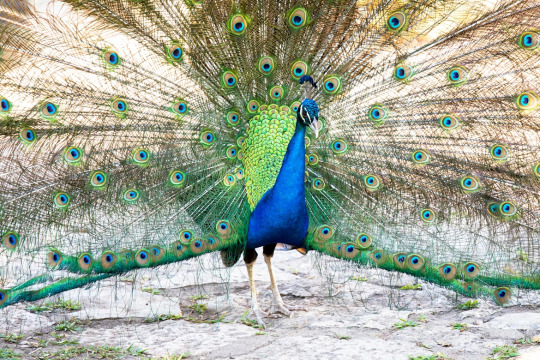

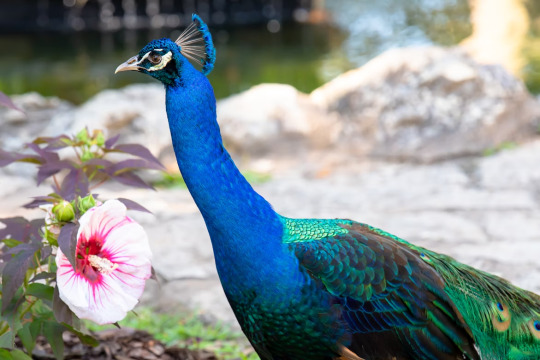
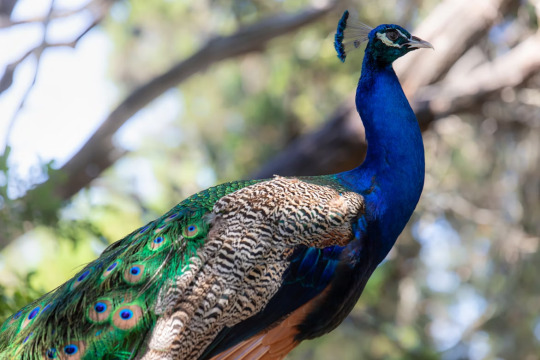
Indian Peafowl in Mayfield Park, Sugar Land, Texas, USA
Stephanie LeBlanc
The Indian peafowl, also known as the common peafowl, and blue peafowl, is a peafowl species native to India, Nepal, Bangladesh and Sri Lanka. It has been introduced to many other countries.
Conservation Status: Least Concern
Scientific name: Pavo cristatus
Lifespan: 15 years (In the wild)
Conservation status: Least Concern (Population stable)
Mass: 8.8 – 13 lbs (Male, Adult), 6.1 – 8.8 lbs (Female, Adult)
Length: 3.3 – 3.8 ft. (Male, Adult, From bill to tail), 3.1 ft. (Female, Adult)
Class: Aves
Domain: Eukaryota
Diet: Omnivorous. Eat seeds, insects, fruits, small mammals, and reptiles. They feed on small snakes but keep their distance from larger ones.
Habitat: They are quite resilient but prefer temperate or tropical deciduous forests with abundant roosting sites.
#Mayfield Park#Sugar Land#Texas#USA#Indian Peafowl#Peafowl#Birds#Wildlife#TXWildlife#US#United States of America#United States#North America
0 notes
Text
Outdoor Activities You Can Drive to Near Sherman, TX
Aug 11, 2023

1. Hike and Bike at Hagerman National Wildlife Refuge
The vast 11,320-acre Hagerman National Wildlife Refuge at 6465 Refuge Road in Sherman is just the place to get in touch with nature. Explore the beautiful surroundings on nine miles of easy-to-moderate hiking and biking trails, and listen to the sounds of the insects and songbirds along the way.
Keep your eyes peeled for migratory birds and wildlife indigenous to northern Texas, from bald eagles and red-headed woodpeckers to river otters, especially along Haller’s Haven, an easy-going 2.7-mile loop past Picnic and Dead Woman’s Ponds.
2. Fish in the Ponds and Creeks
With 2,195 acres of water on the Big Mineral Arm of Lake Texoma, 466 acres of ponds, and various creeks, including Harris and Sandy Creeks, the Hagerman National Wildlife Refuge is the ideal spot to wet your hook.
The waters teem with largemouth, smallmouth, striped, and white bass and have a good supply of sunfish, crappie, and catfish. Bank fishing along Big Mineral Creek and Sandy Point is prevalent throughout the year, and boat fishing is allowed between March and September.
3. Paddle and Picnic in Herman Baker Park
Herman Baker Park at 2500 West Center Street in Sherman stretches over 83 acres of outdoor fun. The highlight of the park is the picturesque 34-acre Pickens Lake. Rent a kayak or paddleboard to explore the water and take a leisurely stroll around the lake on the one-and-a-half-mile nature trail to find the best spot to enjoy lunch and the beautiful view over the water.
4. Test Your Skills on the Pecan Grove Disc Golf Course
Head out to Pecan Grove Park-West at 3200 Canyon Creek Drive in Sherman to play a round of disc golf on the Pecan Grove Disc Golf Course. This challenging 18-hole course is known as one of the best disc golf courses in the state. The scenic course runs through the woods and along the shores of the lake and has plenty of surprising elements that will test your skills.
Have loads of fun out in the fresh air with your family and friends. Before you take your loved ones on an outdoor adventure, contact Freedom Chrysler Dodge Jeep Ram North By Ed Morse today for a vehicle checkup and ensure your ride is in tip-top shape.
Image by Pexels from Pixabay
#biking trails#bird watching#camping sites#day trips#family outings#fishing locations#hiking spots#kayaking destinations#lakes near Sherman#local excursions#local parks#natural wonders#nature reserves#nearby adventures#outdoor escapes#picnic areas#scenic drives#Sherman#Texas outdoors#Texas recreation#TX#water activities#wildlife observation
0 notes
Photo

Western bluebird (Sialia mexicana)
Guadalupe Mountains National Park, Texas, USA
Ndé Kónitsąąíí Gokíyaa (Lipan Apache), and Mescalero Apache land
#original photography#wildlife photography#nature photography#photographers on tumblr#Ornithology#texas#guadalupe mountains national park
27 notes
·
View notes
Text
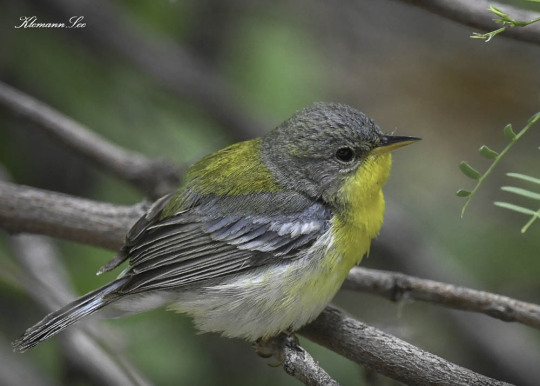
Tropical Parula, Big Bend N.P.
#birds#texas#nature#photographers on tumblr#wildlife#original photographers#texas spring migration#big bend national park
90 notes
·
View notes
Text
'Lucky' Black Cat Leads Texas Officials to 'Trail of Kittens' After Panhandle Wildfires
New Post has been published on https://petn.ws/Lssn2
'Lucky' Black Cat Leads Texas Officials to 'Trail of Kittens' After Panhandle Wildfires
The baby animals were rescued after the “lucky black cat” crossed paths with game warden Sarah Wennersten near Lubbock, Texas Texas Parks and Wildlife/ Instagram; Texas A&M Forest Service via Getty Texas Game Warden Sarah Wennersten A black cat helped save a “trail of kittens” after the devastating Texas wildfires. On Tuesday, the Texas Game […]
See full article at https://petn.ws/Lssn2
#CatsNews #CrossedPaths, #GameWarden, #Lubbock, #LuckyBlackCat, #SarahWennersten, #Texas, #TexasAMForestService, #TexasParksAndWildlife
#crossed paths#game warden#lubbock!#lucky black cat#Sarah Wennersten#texas#Texas A&M Forest Service#Texas Parks and Wildlife#Cats News
0 notes
Text


fuck youuuuuuu i could never own the majestic bison
0 notes
Text
TPWD Seeks Input on Proposed Changes to Spotted Seatrout Bag, Size Limits
TPWE PRESS RELEASE
AUSTIN- The Texas Parks and Wildlife Department (TPWD) is seeks public input on proposed rules which, if passed, would change bag and size limits for spotted seatrout on the Texas coast. The proposed rules would reduce the spotted seatrout bag limit to three fish and restrict the allowable size to 15-20 inches, with one fish over 25 inches allowed daily.
The rule responds to…
View On WordPress
#flyfishing#texasflycaster#texasflyfishing#TPWD#fly fishing#speckled trout#specks#spotted sea trout#Texas Parks & Wildlife#texas trout rules
0 notes